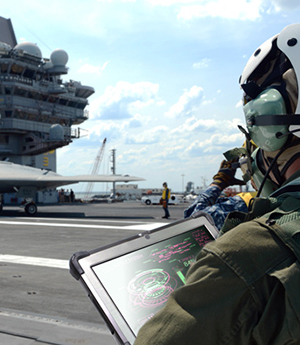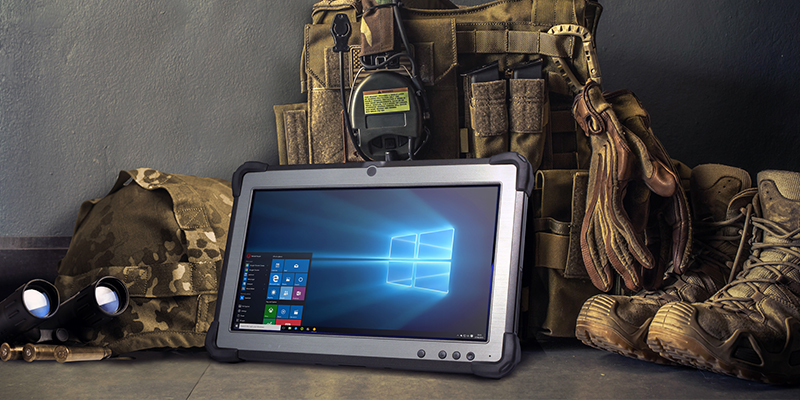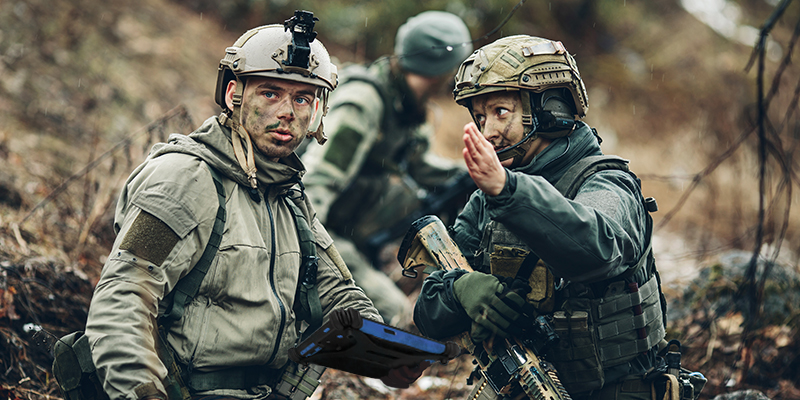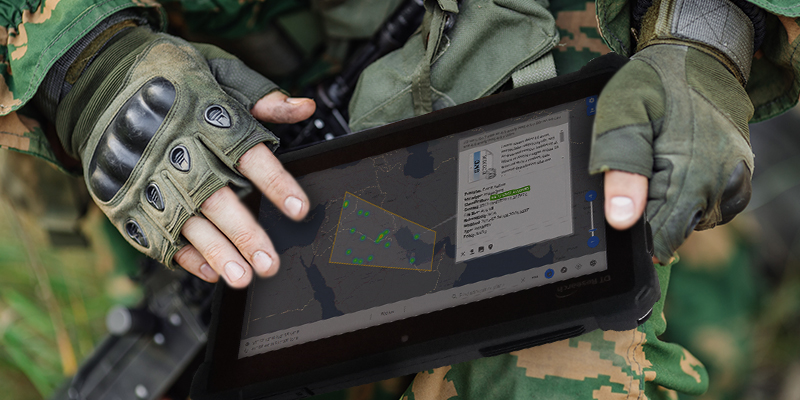
With new technology comes a greater need to master it. So is the case with the United States Air Force, one of the most tech-savvy air forces in the world. Ready to embrace the challenge of constantly improving itself and its logistics, this branch of the military has found that DT Researchs rugged tablets serve them well. To better understand how military-grade tablets are being used daily, its important to note what makes them key pieces of equipment for the Air Force.





